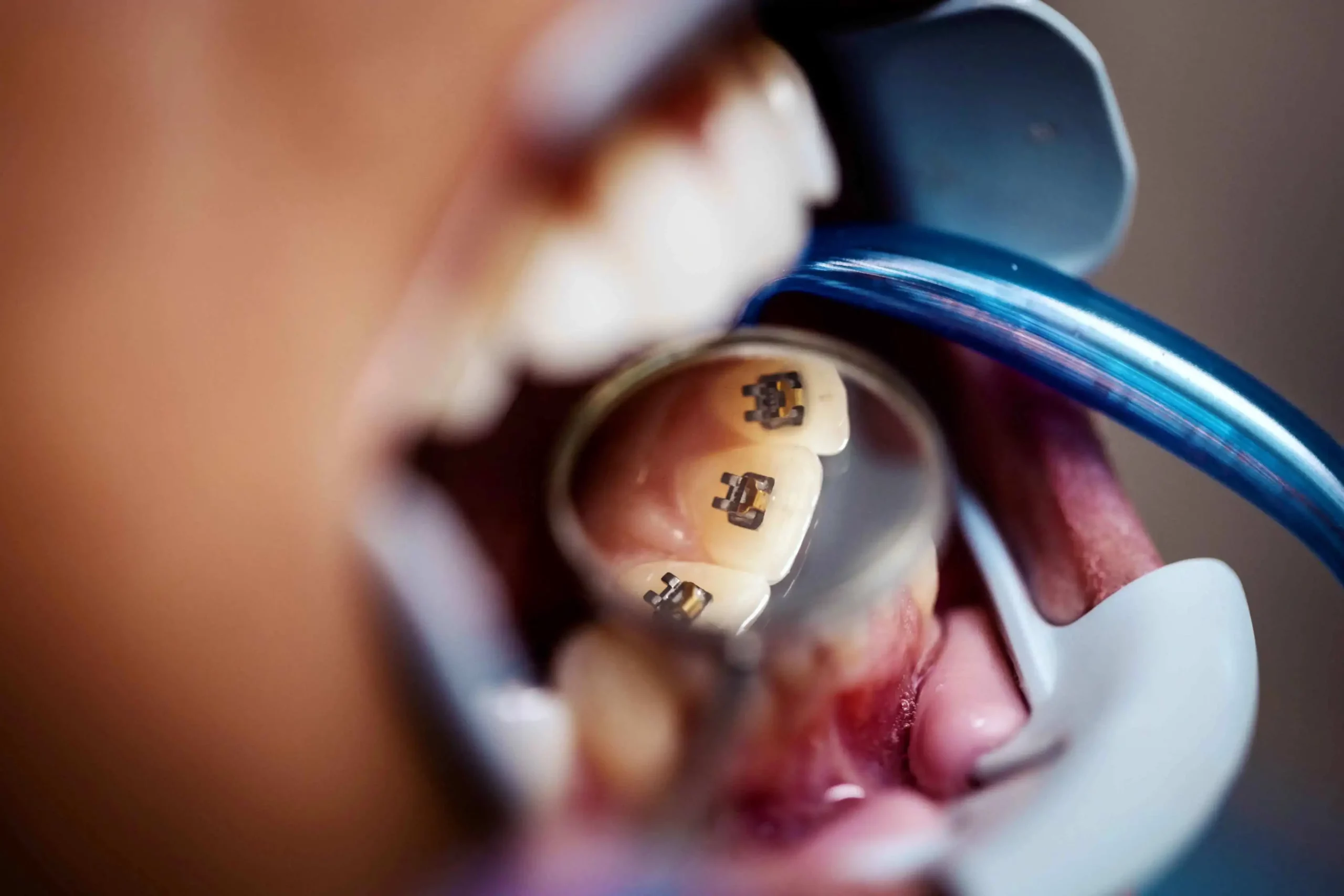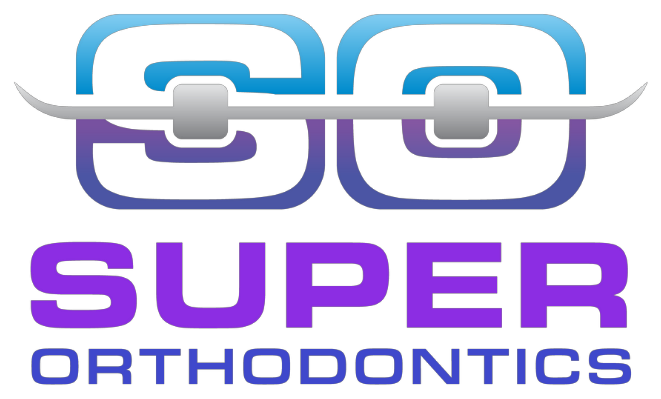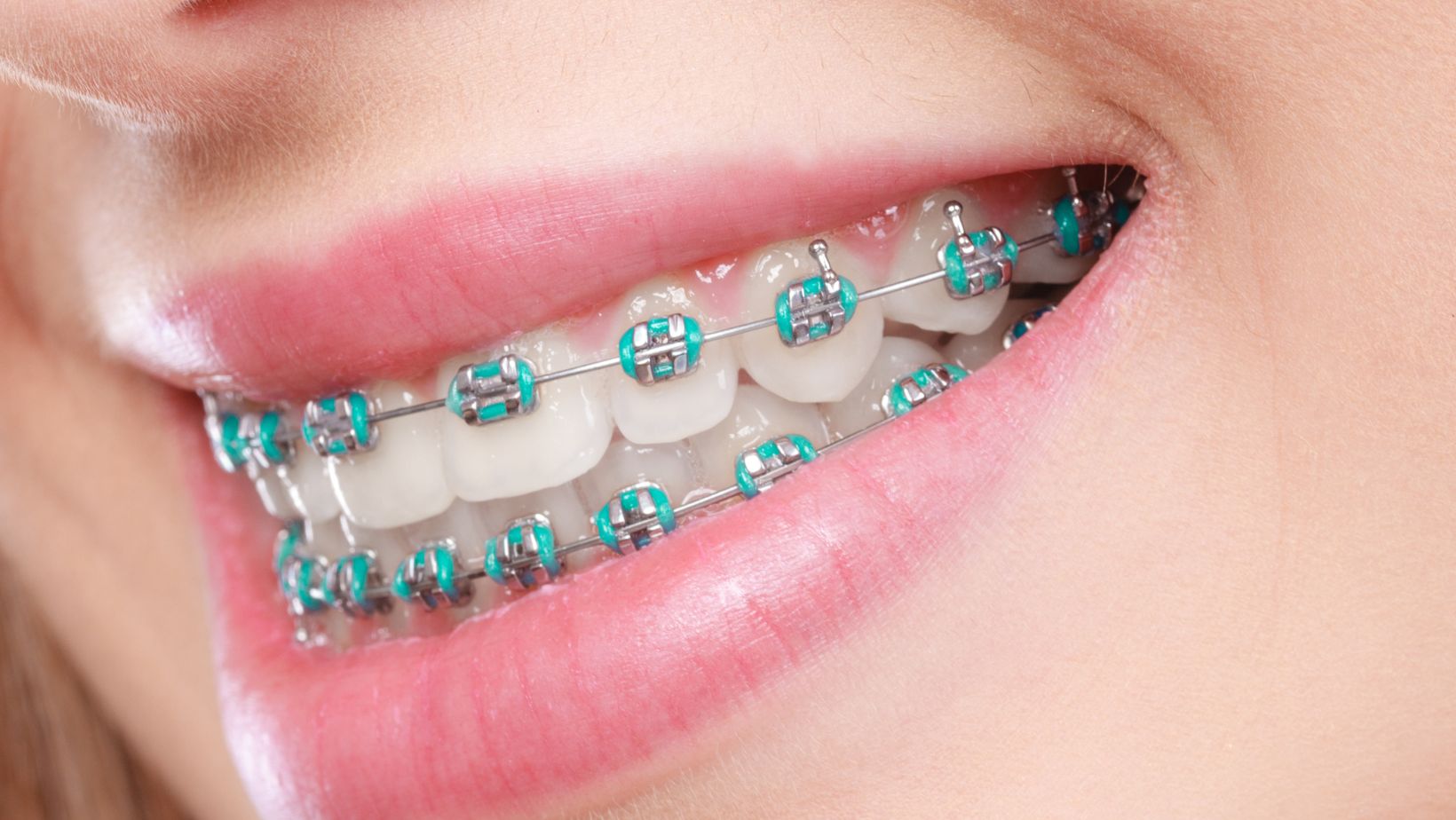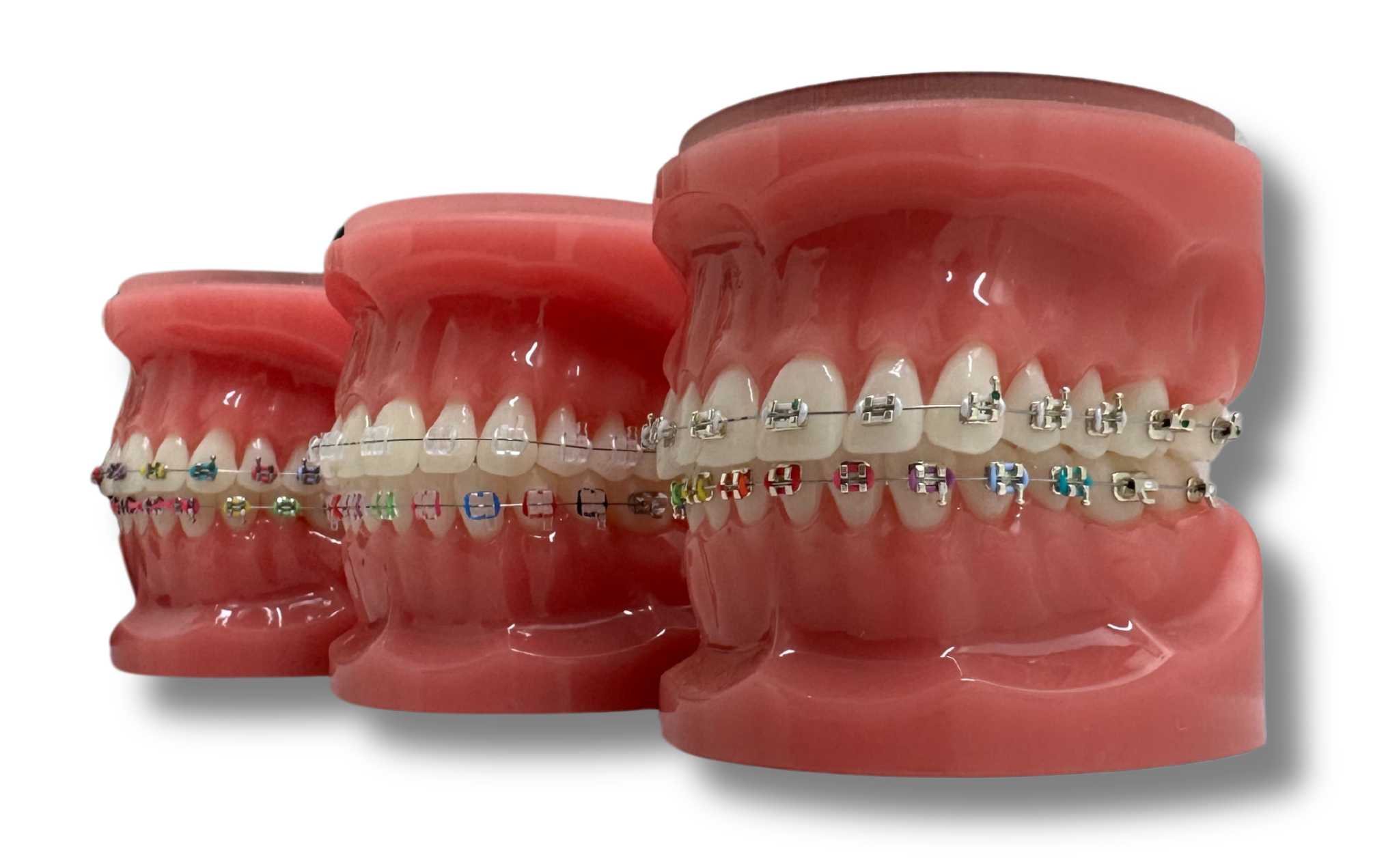
Orthodontic Braces have come a long way since their inception. What was once seen as a daunting metal framework in one’s mouth has now evolved into a range of options that cater to the diverse needs and preferences of patients. These different types of orthodontic braces have not only revolutionized the field of orthodontics but also improved the experience of patients. In this article, we’ll explore the various types of orthodontic braces available today.
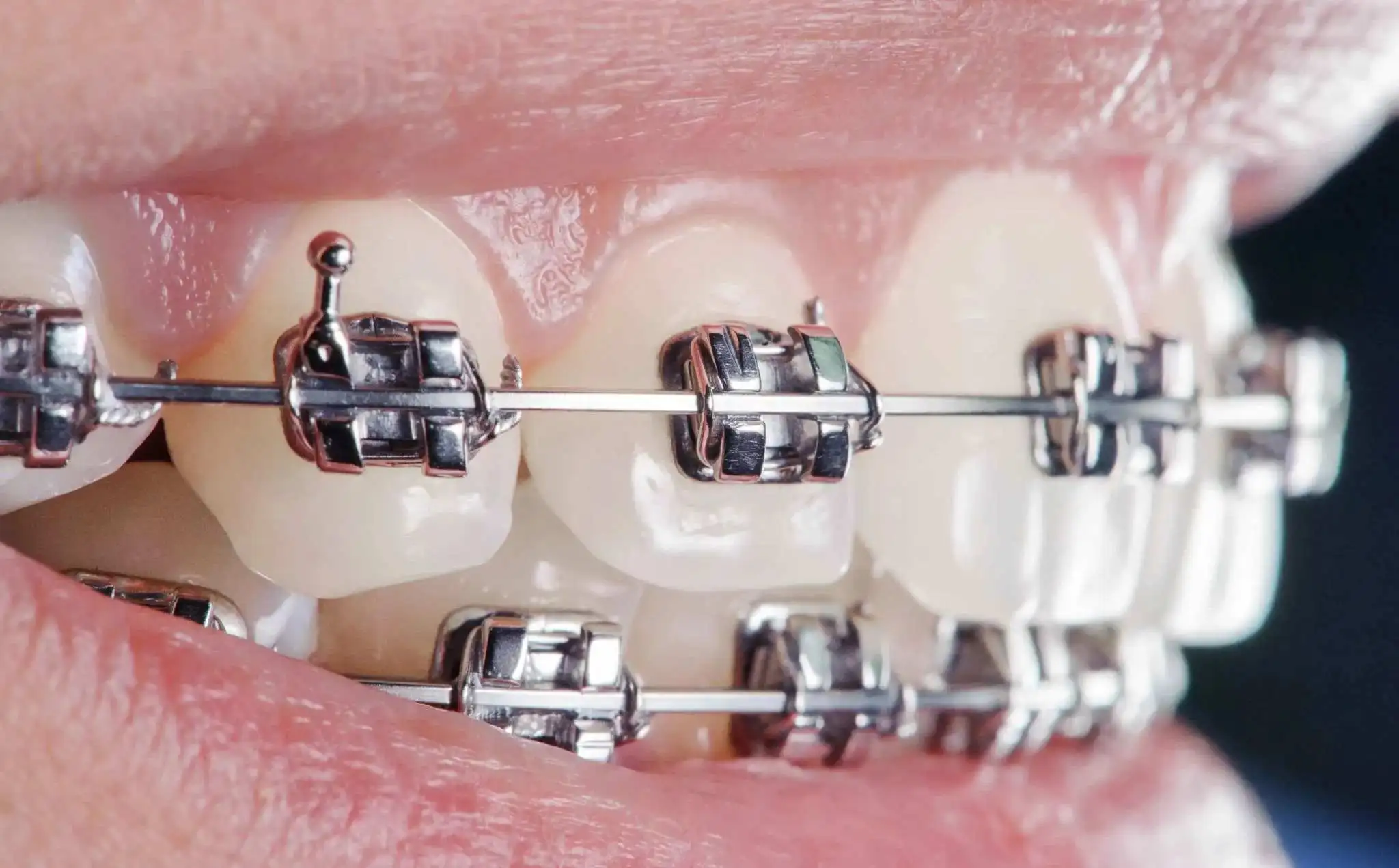
Metal Braces
Metal Braces are known for being a cost-effective option for straightening teeth. They are sturdy and have the potential to provide long-lasting results. Additionally, they are capable of addressing a wide variety of dental issues. Braces may cause some discomfort and irritation, particularly in the initial stages. However, during regular check-ups with your orthodontist, the necessary adjustments are made in order to make sure that you are comfortable with your braces.

Ceramic Braces
